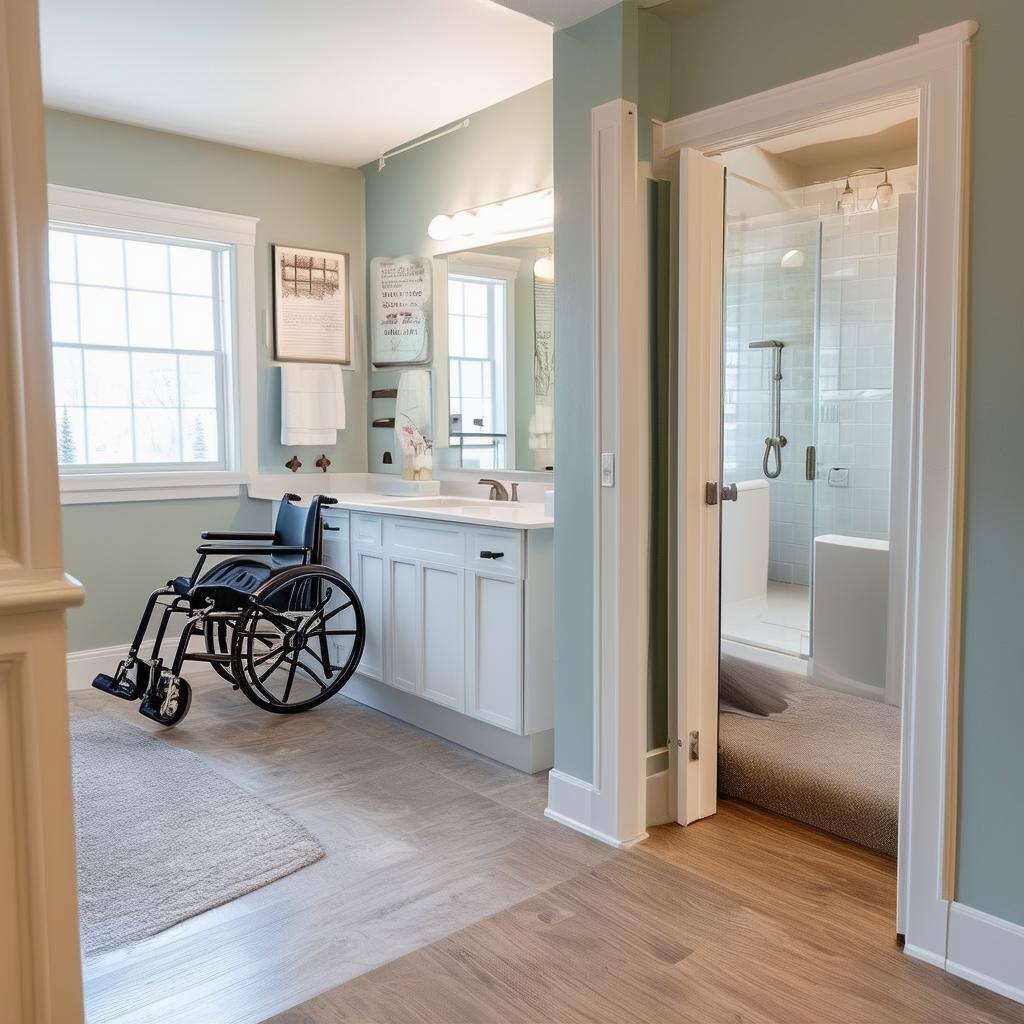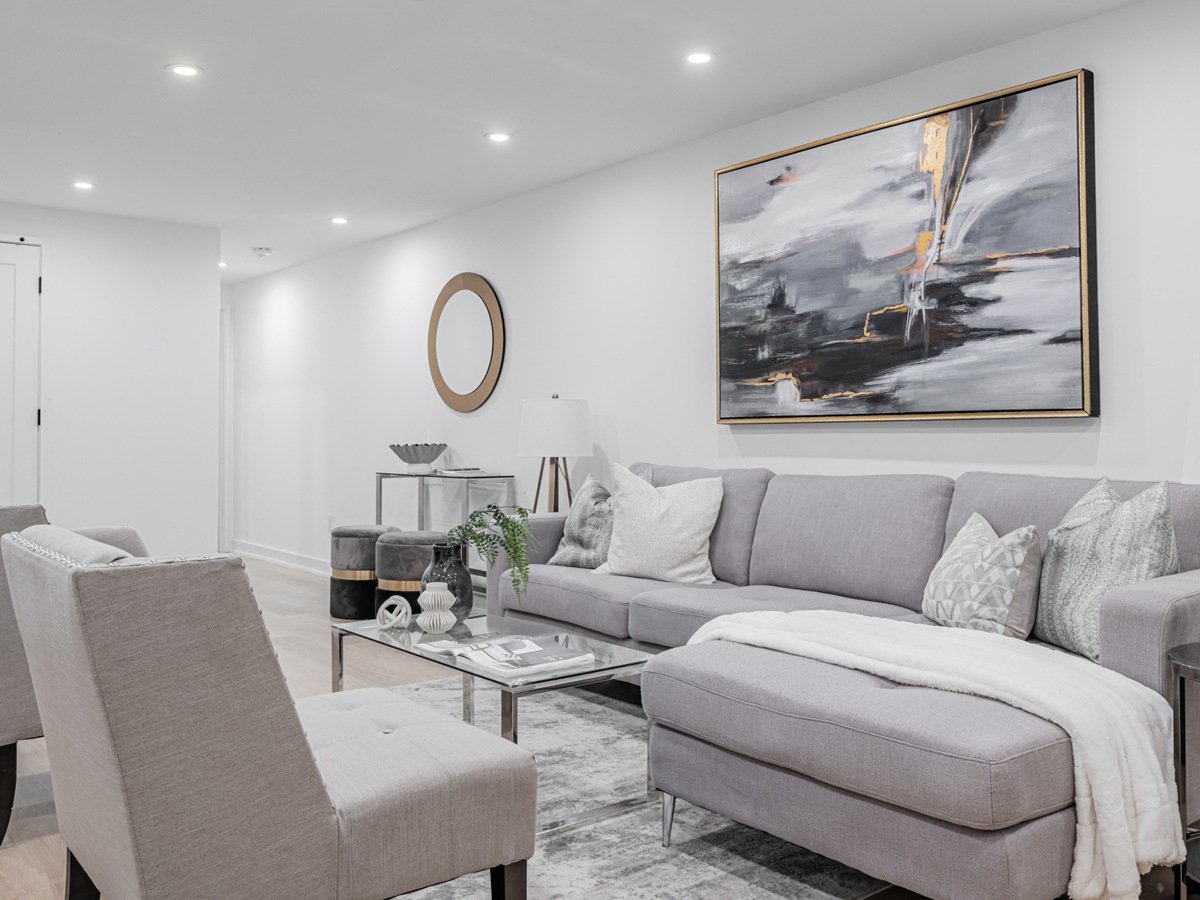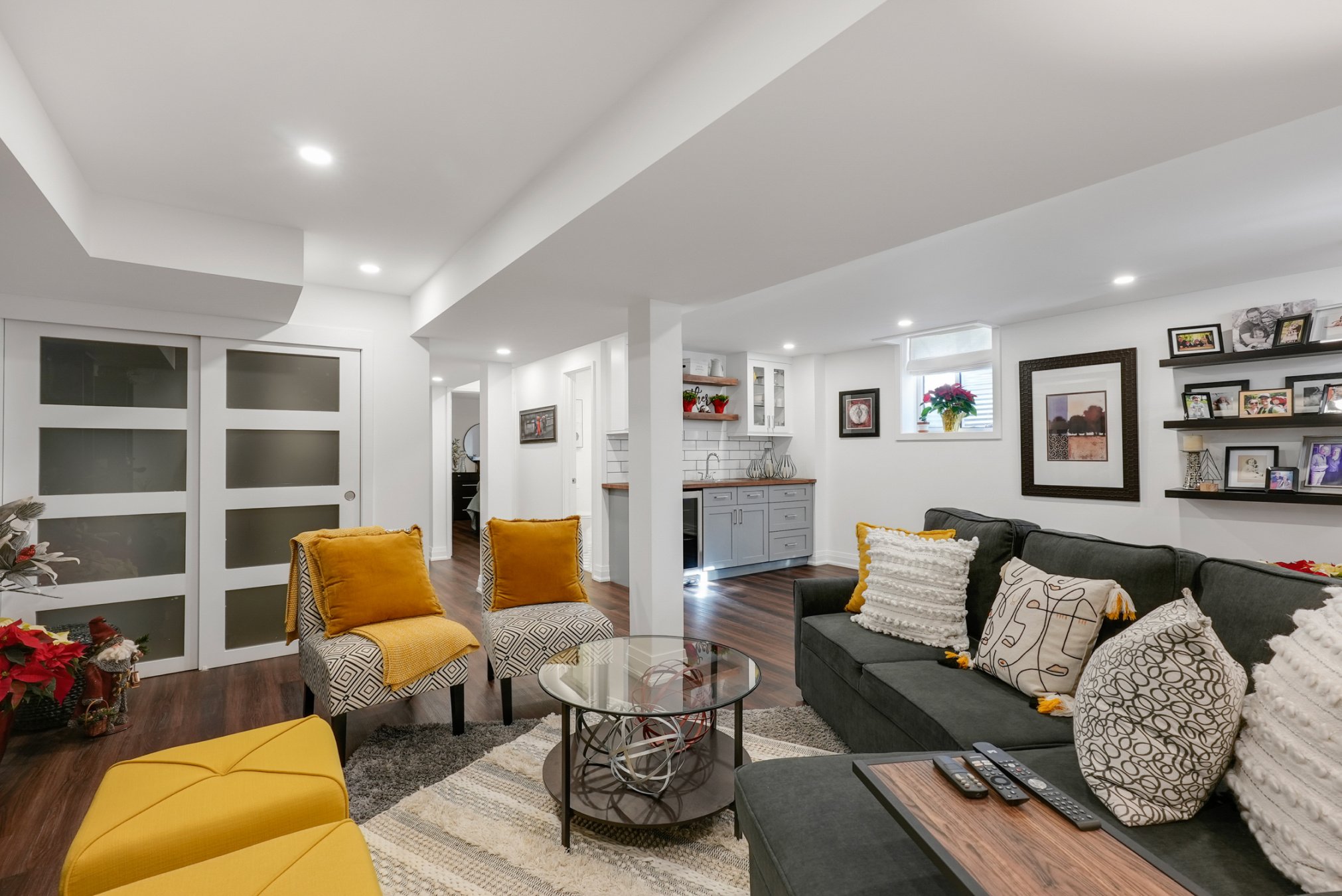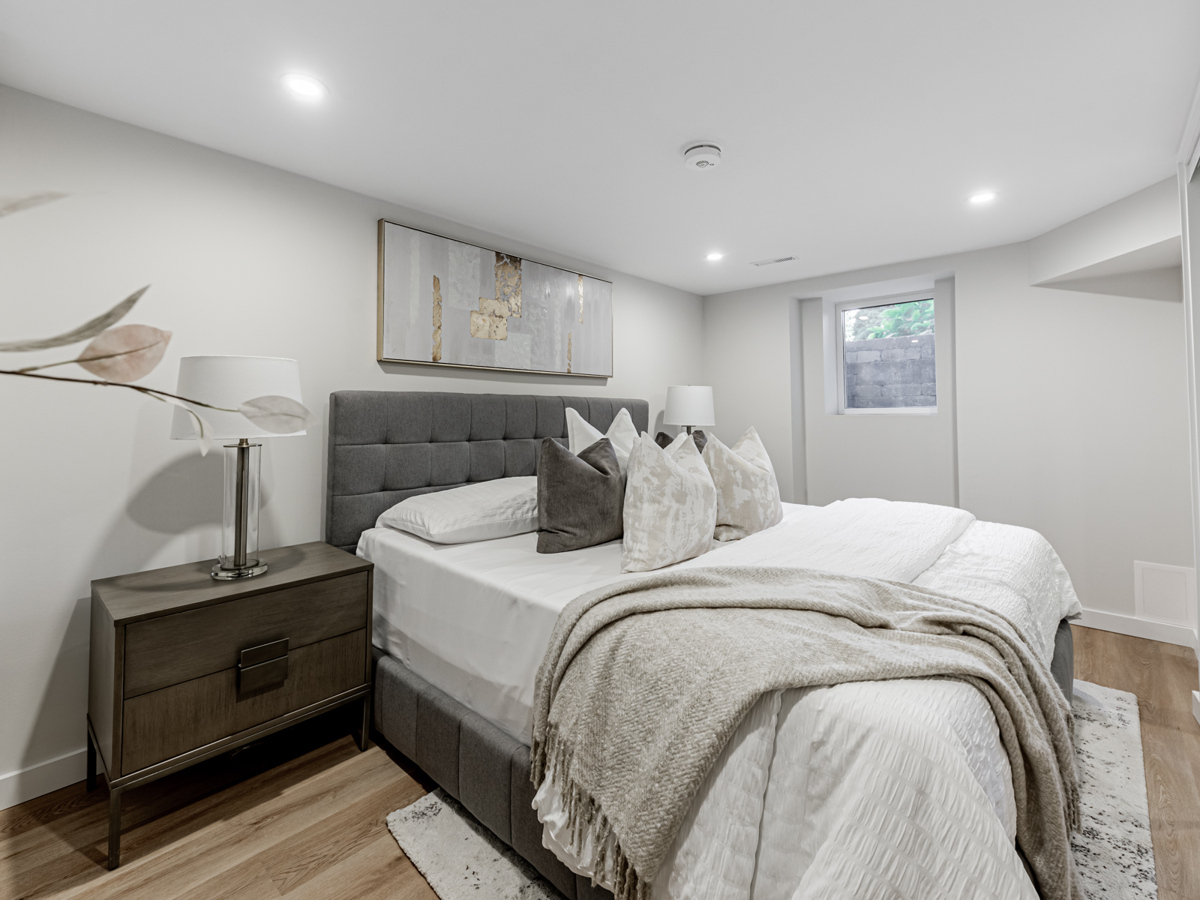How to Budget for a Basement Renovation
How to Budget for a Basement Renovation: 8 Simple Steps
5 min read
Quacy Barry Oct 16, 2024 5:00:00 AM

The Multigenerational Home Renovation Tax Credit is a newly introduced initiative by the Canadian government to help families adapt their homes for multi-generational living. With aging parents moving in with adult children or families providing care for loved ones, this credit offers financial relief to homeowners who are renovating to accommodate different generations under one roof.
This tax credit is aimed at families who want to create a functional, comfortable living space for older relatives, such as parents or grandparents, or family members with disabilities. It allows homeowners to claim expenses related to renovating their homes to build a secondary suite or make accessibility improvements.
The program was designed to reduce the financial burden on families who want to keep their loved ones close by creating safer and more accessible living spaces. By making it easier to care for aging relatives or those with disabilities at home, the tax credit also helps reduce long-term care costs and alleviates pressure on healthcare facilities.
Not every homeowner qualifies for the Multigenerational Home Renovation Tax Credit. Specific criteria must be met, both in terms of the individuals benefiting from the renovation and the nature of the project itself.
To be eligible, the following must apply:
The related family member must be either:
Eligible renovations include those that adapt a home for multi-generational living. This can range from adding a separate entrance or secondary suite to your home to accessibility improvements like widening doorways or installing wheelchair ramps. The renovations must be intended to accommodate a family member who requires assistance with daily living or who needs a more accessible home environment.
The Multigenerational Home Renovation Tax Credit offers substantial savings for families looking to renovate their homes for multi-generational living.
You can claim up to $50,000 in eligible renovation expenses, and the tax credit will reimburse 15% of that amount. This means families could receive up to $7,500 in tax savings to help cover the cost of their renovation project.
Eligible expenses include the cost of labor, building materials, equipment rentals, and any permits required for the renovation. Expenses such as general maintenance, furniture, or repairs unrelated to the renovation are not eligible.
Understanding how the tax credit works is essential to maximizing your benefits and ensuring that your renovation meets the necessary criteria.
Applying for the tax credit is a straightforward process, though it requires careful planning and documentation. You will need to:
When submitting your claim, you’ll need to provide:
After submitting your claim with the CRA, the timeline for receiving your tax credit varies. Typically, credits are processed as part of your tax return and may take several weeks to reflect in your account, depending on the complexity of your claim and documentation.
The Multigenerational Home Renovation Tax Credit covers a variety of renovations that make your home more accessible or functional for elderly or disabled family members.
For many families, the focus of their renovation will be on making the home more accessible for elderly relatives or individuals with mobility challenges. Examples of eligible renovations include:
Another common renovation is building a secondary suite, which provides a separate living area for a family member. This might involve converting a basement or garage into a functional apartment with a separate entrance, bathroom, and kitchenette.
Other renovation projects covered by the tax credit include:
Applying for the tax credit requires planning and proper documentation. Here’s how to navigate the process successfully.
When you file your tax return, you’ll need to claim the Multigenerational Home Renovation Tax Credit under the appropriate section. Attach all necessary documentation to prove that the renovation was carried out and qualifies for the credit.
The Multigenerational Home Renovation Tax Credit offers numerous benefits, particularly for families that are planning for long-term living arrangements.
With an aging population, more families are opting to care for elderly parents or grandparents at home. This tax credit helps offset the cost of making homes more suitable for seniors, ensuring they have a safe, comfortable living space.
By renovating your home to support multi-generational living, you may be able to delay or avoid the high costs associated with long-term care facilities. This can be a financially savvy way to care for aging relatives while keeping them close to family.
In addition to supporting family members, the renovations funded through this tax credit can also increase your property’s value. Adding a secondary suite or making accessibility improvements makes your home more appealing to future buyers and improves its overall functionality.
Planning and managing your renovation properly can help you get the most out of your tax credit.
Who qualifies for the multigenerational home renovation tax credit?
Homeowners who are renovating their home to accommodate a family member aged 65 or older, or a family member with a disability.
What types of renovations are eligible?
Eligible renovations include creating secondary suites, improving accessibility (such as installing ramps or accessible bathrooms), and adding safety features like handrails.
How much can I claim?
You can claim up to $50,000 in eligible renovation expenses, with a tax credit of 15%, for a maximum of $7,500.
Can I claim the tax credit more than once?
No, the tax credit is a one-time benefit per property. However, additional renovations can be carried out under other home improvement programs.
How long does it take to get the tax credit?
Once your claim is submitted with your tax return, it typically takes 4 to 6 weeks for the credit to be processed by the CRA.
The Multigenerational Home Renovation Tax Credit is a valuable opportunity for Canadian families to enhance their homes and create safer, more comfortable spaces for aging or disabled relatives. By planning ahead, documenting expenses, and understanding eligibility, you can make the most of this tax credit and ease the financial burden of your renovation project.

How to Budget for a Basement Renovation: 8 Simple Steps

Are You Looking for a Loan for your Secondary Suite? If you’re like many homeowners in Canada, you might be staring at that empty basement or unused...
